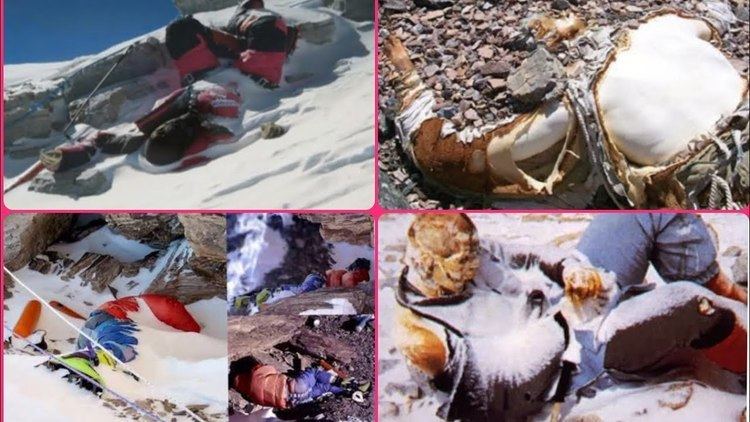Native name Hannelore Schmatz Occupation mountaineer | Nationality Germany Cause of death Cold, Exhaustion Name Hannelore Schmatz | |
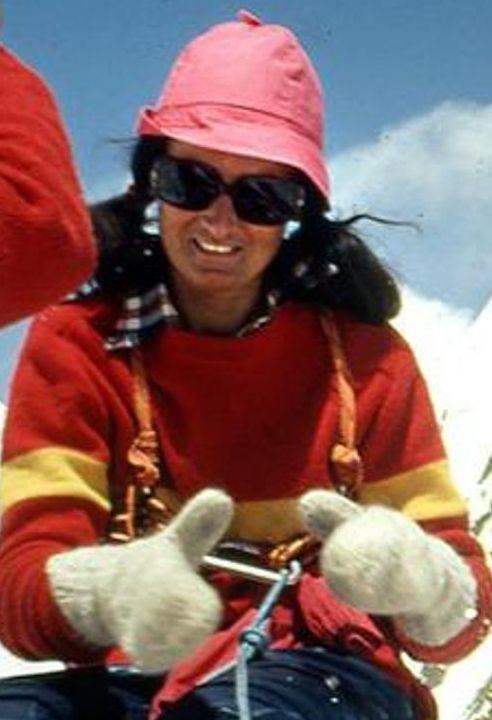 | ||
Spouse Gerhard Schmatz (m. ?–1979) Died October 2, 1979 (aged 39), Mount Everest Similar Francys Arsentiev, Ray Genet, Green Boots | ||
Hannelore schmatz top 11 facts
Hannelore Schmatz (16 February 1940 – 2 October 1979) was a German mountaineer. She collapsed and died on October 2, 1979 as she was returning from summiting Mount Everest via the southern route, the first woman and first German citizen to die on the upper slopes of Everest.
Contents
- Hannelore schmatz top 11 facts
- Hannelore Schmatz Gerhard Schmatz Ray Genets Mount Everest Quest
- How did Hannelore Schmatz Died
- Where is Hannelore Schmatzs Body
- Rainbow Valley and Death Zone in Mount Everest
- Hannelore on the South Face
- References
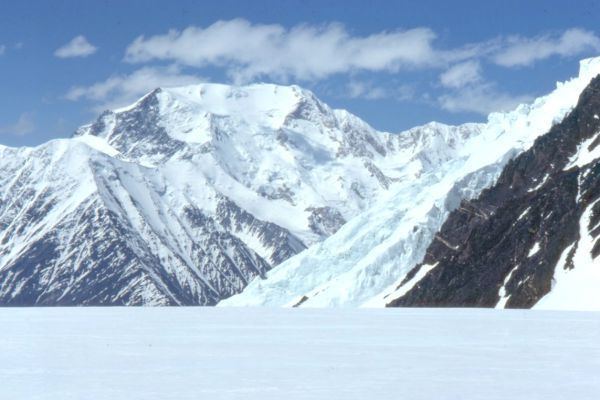
Schmatz was on an expedition via the South East Ridge route with her husband when she died at 8,300 metres (27,200 ft). Gerhard Schmatz was the expedition leader, 50 years of age at the time and the oldest man to summit Everest. On the same expedition was the American Ray Genet, who also died while descending from the summit. Exhausted from the climb, they had stopped to bivouac as the night approached, despite the fact that their Sherpa guides had urged them not to. Sungdare Sherpa, one of her Sherpa companions, remained with her after she died, and as a result, lost most of his fingers and toes.
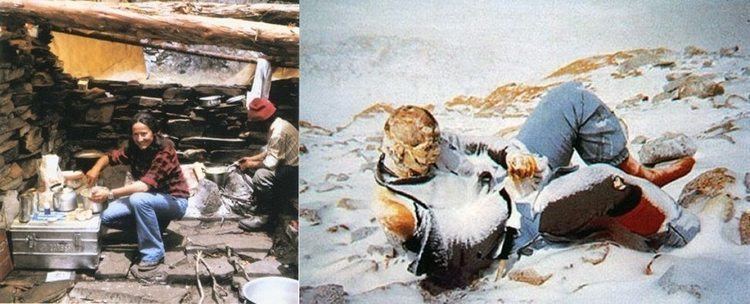
Genet's body ultimately disappeared under the snow, but Schmatz's body was swept further down the mountain.

For years, Schmatz's remains could be seen by anyone attempting to summit Everest by the southern route. Her body was frozen in a sitting position, leaning against her pack with her eyes open and her hair blowing in the wind, about 100 metres above Camp IV.
Hannelore Schmatz | Gerhard Schmatz & Ray Genet's Mount Everest Quest
Hannelore, her husband, Gerhard and Ray Genet were experienced climbers and after trying their luck at conquering the world’s tallest mountain they all headed back towards base camp with their group.
Ray genet was often referred to by the nickname Pirate and was a Swiss-born American mountaineer.He was the first guide on North America's highest mountain, Alaska's Denali (Mount McKinley). Famous actress Q'Orianka Kilcher is Genet’s granddaughter.
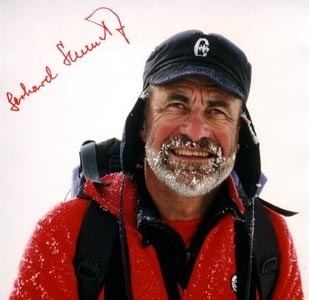
Gerhard was the expedition leader, 50 years of age at the time and the oldest man to summit Everest.
Gerhard and his wife Hannelore applied to the Nepal Ministry of Foreign Affairs for permission to climb Mt. Everest in May 1973 after returning from Manaslu expedition. At that time they were not expecting to receive the requested permit because there were too many other influential climbers as well at that time.over the next three years they climbed most of the high mountains of earth to expand their experience in high altitude mountaineering.
After they returned in June 1977 from a successful Lhotse expedition, they were granted permission to climb Mount Everest for the post-monsoon season of 1979.
They Immediately began their preparatory work for the Mount Everest Quest. Hannelore was a genius when it came to sourcing and transporting expedition material. At that time, everything that they and the Sherpas needed during the expedition lasting about 3 months had to be purchased in Europe and transported to Nepal, because at that time it was not possible to get suitable food or equipment in Kathmandu.
To get all this, Hannelore wrote hundreds of letters and made it possible using a sponsored truck. For months, taking outside help, she packed in a warehouse the material weighing several tons, each weighing 30 kg, which could be directly taken over by the carriers.
The group consisted of 8 climbers and 5 Sherpas during their Mount Everest Quest in 1979.
Climbers
1 Nick Banks (Aged 27 mountaineering instructor and guide from New Zealand )
2 Hans von Känel (Aged 38 businessman from Switzerland)
3 Tilman Fischbach (Aged 30 analytical chemist and medical student from West Germany)
4 Günter fights (Aged 46 mechanical engineer from West Germany)
5 Dr Hermann Warth (Aged 38 lecturer from West Germany)
6 Ray Genet (Aged 48 American mountaineering and hunting guide)
7 Hannelore Schmatz (Aged 39 Mountaineer and wife of Dr Gerhard from West Germany)
8 Dr Gerhard Schmatz (Aged 50 lawyer and expedition leader from West Germany)
Sherpas
1 Ang Jangbu
2 Sundare
3 Pertemba
4 Lhakpa
5 Unkown Sherpa
Among them 6 of the climbers and all of the Sherpas made it safely down, Hannelore and Ray Genet did not.
Despite being an experienced climber, Hannelore and Genet were too tired to keep going and, despite warnings from a Sherpa about the dangers of remaining in the mountain’s “Death Zone” overnight, set up a bivouac camp. One Sherpa remained with them in a bivouac at 28,000 feet. The chilling snowstorm that occurred that night was too much for Genet, who died from hypothermia before morning.
Hannelore and the Sherpa survived the night and continued down the mountain.At 27,200 feet, she sat down to take a nap against her backpack. There she fell asleep and never woke up. Her Sherpa companion stayed with her body, costing him most of his fingers and toes.
Genet's body ultimately disappeared under the snow, but Hannelore s body was swept further down the mountain.
They all were few among billions who tried their luck, but unfortunate to handle it.
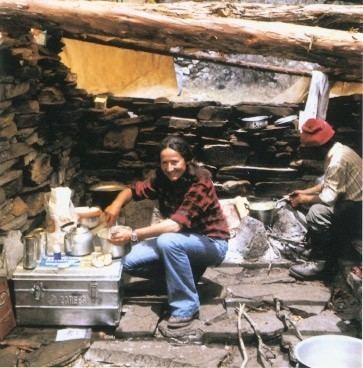
How did Hannelore Schmatz Died ?
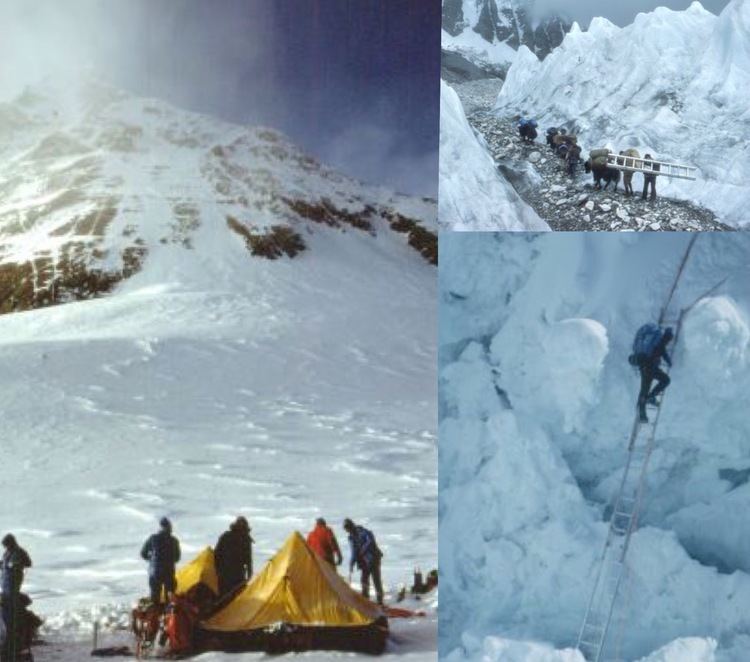
Where is Hannelore Schmatz's Body ?
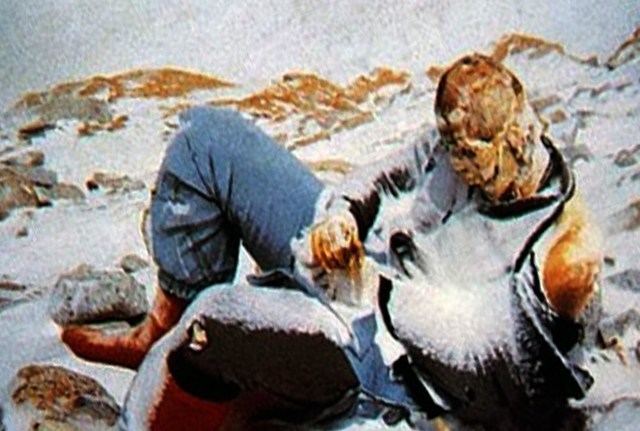
Ray Genet's body ultimately disappeared under the snow, but Schmatz's body was swept further down the mountain.
For years, Schmatz's remains could be seen by anyone attempting to summit Everest by the southern route.
In 1984, police inspector Yogendra Bahadur Thapa and Sherpa Ang Dorje fell to their deaths due to the extreme winds on the southern slope while trying to recover Schmatz’s body on a Nepalese police expedition. For years to come, climbers at Camp IV came upon Hannelore’s body. She is still propped against her deteriorated backpack, wearing her climbing gear and clothing her hair blowing in the wind and her eyes wide open. Over time she simply became known as “The German Woman.”
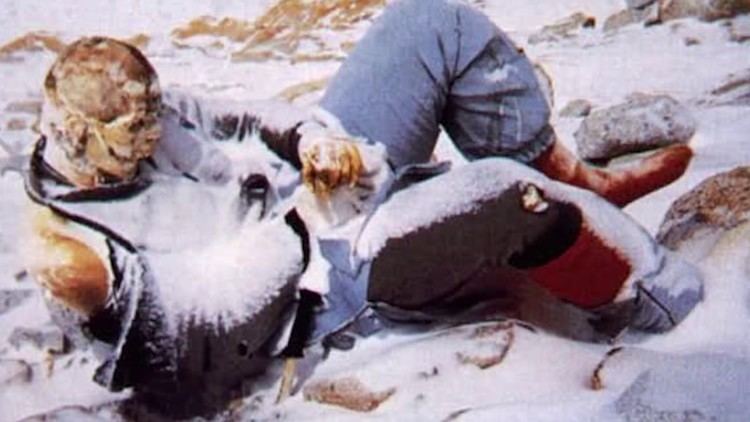
Chris Bonington spotted Schmatz from a distance in 1985, and initially mistook her body for a tent until he got a closer look.
Ultimately, Hannelore Schmatz's body was carried away to the Kangshung Face by strong winds, resulting in its permanent loss. Schmatz holds the distinction of being both the first woman and the first German to lose her life on the upper reaches of Mount Everest.
A fitting burial, perhaps, for a brave, talented woman who tackled one of the world’s biggest obstacles before succumbing to her humanity mere feet from safety.
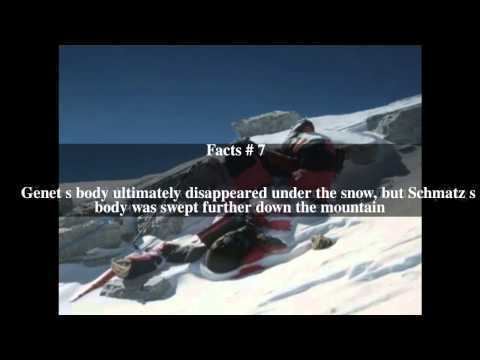
Lene Gammelgaard, the first Scandinavian woman to reach the peak of Everest, quotes the Norwegian mountaineer and expedition leader Arne Næss, Jr. describing his encounter with Schmatz's remains, in her book Climbing High: A Woman's Account of Surviving the Everest Tragedy (1999), which recounts her own 1996 expedition.
Rainbow Valley and Death Zone in Mount Everest
